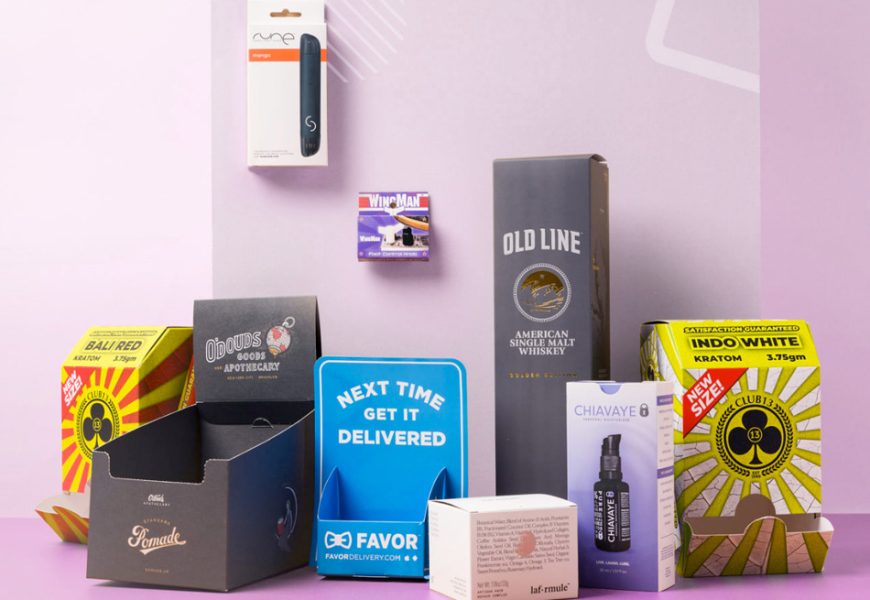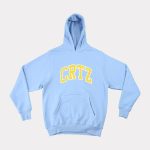Packaging plays a critical role in product safety, protecting goods from damage, contamination, and spoilage throughout the supply chain. Whether it’s fragile food items or beverages, efficient packaging ensures the product reaches customers in optimal condition. This article explores the process of designing safe packaging, its key elements, and how specialized solutions like food boxes and bottle neckers enhance product safety.
The Importance of Product Safety in Packaging
In today’s market, packaging is more than just a container—it safeguards the integrity of the product and promotes brand reliability. Product damage or contamination during transit can result in financial losses, negative reviews, and even legal consequences. Safe packaging ensures customers receive products in the best condition while also meeting regulatory requirements for industries like food, pharmaceuticals, and cosmetics.
Key Functions of Packaging for Product Safety
To protect goods from production to delivery, packaging must fulfill several key functions.
Physical Protection
Packaging shields products from environmental elements, like moisture, dust, and impact. For food items, this prevents spoilage and ensures freshness. Multi-layered food boxes are an excellent example, offering robust protection during storage and transit.
Contamination Prevention
Packaging designed for consumable goods must prevent contamination from bacteria or chemicals. Airtight seals and tamper-proof designs ensure the product remains hygienic from the factory to the consumer’s hands.
Stability and Support
Products like beverages require stable packaging solutions to prevent spillage. Bottle neckers not only offer branding opportunities but also add structural stability to bottles, minimizing movement and accidents during transportation.
The Packaging Design Process: Concept to Delivery
Creating packaging that ensures product safety involves multiple steps, from initial brainstorming to final production. Each phase requires attention to detail to align with both safety and marketing goals.
Conceptualization and Material Selection
The design process starts with understanding the product’s nature and the risks it may face. For food products, packaging must maintain freshness and comply with safety standards. Cardboard, corrugated material, and food-safe coatings are often chosen for food boxes. For bottles, durable paper or plastic bottle neckers enhance both branding and protection.
Prototyping and Testing
Before mass production, packaging prototypes undergo rigorous testing to ensure they can withstand various stress conditions. Food packaging is often tested for moisture resistance and temperature sensitivity, while bottle neckers are checked for grip strength and durability during shipment.
Compliance with Safety Standards
Packaging for food and beverages must meet regulatory guidelines such as FDA standards in the USA or EU packaging directives. These ensure that packaging materials do not contaminate the product and are environmentally friendly.
Specialized Packaging Solutions: Food Boxes and Bottle Neckers
Some packaging solutions go beyond just containing the product—they add an extra layer of safety while enhancing presentation.
Food Boxes: Protection and Freshness
Food boxes are designed to protect edible items from damage, preserve their taste, and prevent contamination. They often feature airtight seals and compartments to keep ingredients separate. Many food businesses also use eco-friendly materials, reducing their carbon footprint while ensuring food safety.
Food boxes must strike a balance between protection and practicality. For example, lightweight cardboard makes transportation easier, while double-wall corrugation offers extra strength for fragile products like baked goods.
Bottle Neckers: Branding with Stability
Bottle neckers are small yet impactful packaging elements, placed around the necks of bottles for promotional purposes. While their primary role is marketing—featuring discount offers or brand messages—they also contribute to safety. By keeping bottles secure and preventing them from shifting inside cartons, bottle neckers reduce the risk of damage or leaks.
Packaging and the Supply Chain: Ensuring Safe Delivery
Packaging must endure different phases of the supply chain, including warehousing, transport, and last-mile delivery. Each stage presents unique challenges that the packaging must address.
Protection During Transport
Vibrations, pressure, and sudden movements during transit are unavoidable. Packaging solutions like cushioned food boxes and reinforced bottle neckers minimize these risks, ensuring the products arrive intact.
Temperature Control for Food Safety
Food boxes designed for perishable items often incorporate insulation layers to maintain cold temperatures during transportation. Some solutions include QR codes or tracking labels that monitor temperature changes, ensuring the food remains safe throughout delivery.
Retail and Consumer Handling
Once the product reaches retail stores, packaging continues to play a protective role. Attractive and well-sealed food boxes encourage consumer trust, while bottle neckers enhance shelf appeal without compromising the product’s safety.
Trends in Safe Packaging: Sustainability and Smart Solutions
With growing environmental awareness, businesses are adopting eco-friendly packaging solutions. This shift also impacts safety protocols.
Eco-Friendly Materials
Sustainable materials like recycled cardboard and biodegradable films are becoming popular for food packaging. These materials ensure safety while reducing environmental impact, giving businesses a competitive edge.
Smart Packaging Innovations
Smart packaging integrates technologies like RFID tags or temperature sensors, providing real-time data about the product’s condition. Food brands can use these tools to ensure safe delivery, enhancing customer satisfaction.
Conclusion: Delivering Safety from Concept to Consumer
From conceptualization to the final delivery, every step in the packaging process plays a role in product safety. Food boxes and bottle neckers exemplify how packaging can protect products while also promoting the brand. By balancing functionality with innovation, businesses can ensure that their products not only look good but also arrive safely and in perfect condition, building trust and customer loyalty











